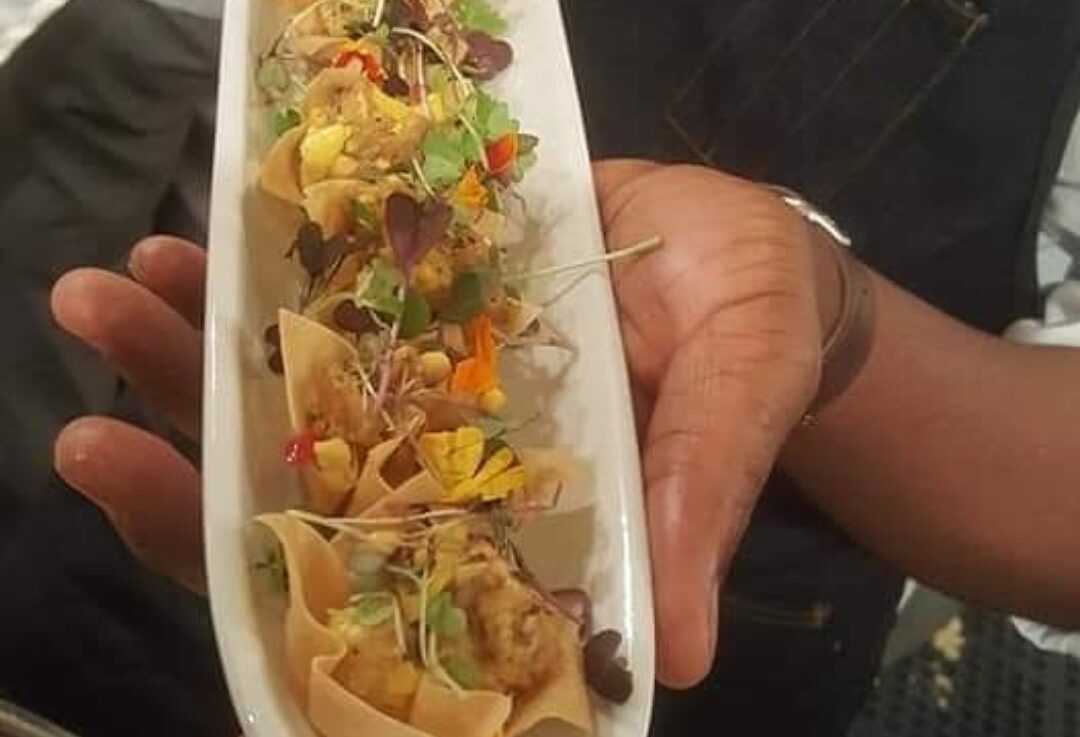BY NOEL CUNNINGHAM
To kick start my black history month food series let’s take a look at how Ghana and Canada created the tasty and popular Jamaican ackee and saltfish. This month my aim is to share a taste of the Caribbean food history and how these foods helped to shape our culture and diet.
Ackee is the national fruit of Jamaica as well as a component of the national dish: – ackee and saltfish (codfish). Although ackee is not indigenous to Jamaica, it has remarkable historic associations. Originally, it was imported to the island from West Africa. The ackee fruit is a native of West Africa and was brought to Jamaica and the rest of the Caribbean in the 1800s. The name Ackee was derived from the West African word Akye fufo. In West Africa and many other parts of the world, ackee is not consumed as much as it is in Jamaica. Saltfish on the other hand was being shipped to Jamaica in exchange for rum. This resulted in saltfish becoming part of the national dish for Jamaicans and rum becoming the traditional drink for Newfoundlanders.
Saltfish was once widely regarded as poor people’s food.
During the days of slavery, sugar plantation owners in the Caribbean imported saltfish to feed their slaves as it was a very cheap source of protein. For many it was their only source of protein.
And when slavery was abolished, saltfish still remained the cheapest available protein for ex-slaves with no money. The indentured labourers, who were imported from India and China to replace the slaves, also embraced salt fish into their diets. For Indians, the blandness of rice and dahl is greatly improved by a piece of fried salt fish on the side. For all these poor people, salt fish was the only protein they could afford. And of course, it did not need refrigeration, in those days a high-priced luxury.
Ackee and saltfish is a favorite of many and can be served as breakfast, brunch, lunch or dinner. What makes this dish original and surprising is how well these two very different ingredients combine to create a meal that is both subtle and bold. Ackee has a soft texture and delicate nutty taste, neutral enough to absorb the flavor of whatever it is cooked with; this tempers the sharp, bright, saltiness and firm, dry texture of saltfish. The addition of Scotch bonnet pepper, garlic, thyme, green peppers, onions, and scallion gives the dish life. Here is your chance to give this dish a try for black history month.
Ingredients
8 ounces salted cod
2 tbsp. canola or vegetable oil
2 tbsp. diced yellow onion
1/2 Scotch bonnet pepper, stemmed, seeded, and minced
2 garlic cloves, minced
1 small tomato, cored and diced
1 scallion, thinly sliced
2 tbsp. fresh thyme leaves, chopped
1 18–20-ounce can ackee
Salt and freshly ground black pepper
Directions
Rinse salt cod under cold running water until any salt on its surface is washed away. Transfer to a medium bowl and cover with fresh water. Soak at room temperature for 1 hour or cover and refrigerate overnight. Drain salt cod, discard soaking water, transfer fish to a small saucepan, and cover with fresh water. Bring to a boil over medium-high heat and cook until fish flakes easily when prodded with a fork, about 20 minutes. Once the salt cod is cooked, drain and flake fish into ½” to 1” pieces, discarding any bones and silvery membranes. Set aside.
In a frying pan, heat oil over medium heat until hot then add all the seasonings and cook until softened and translucent, about 5 minutes.
Add the flaked salt cod and cook, stirring occasionally, until fish is heated through, about 3 minutes, then add ackee, stir gently to incorporate, try not to over-mix which can cause the ackee to become mushy, and cook until the ackee is heated through, for an additional 3 minutes. Season with salt and pepper to taste and serve with your side of choice.

